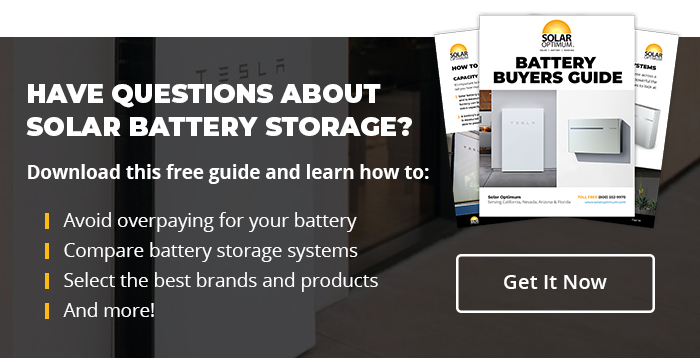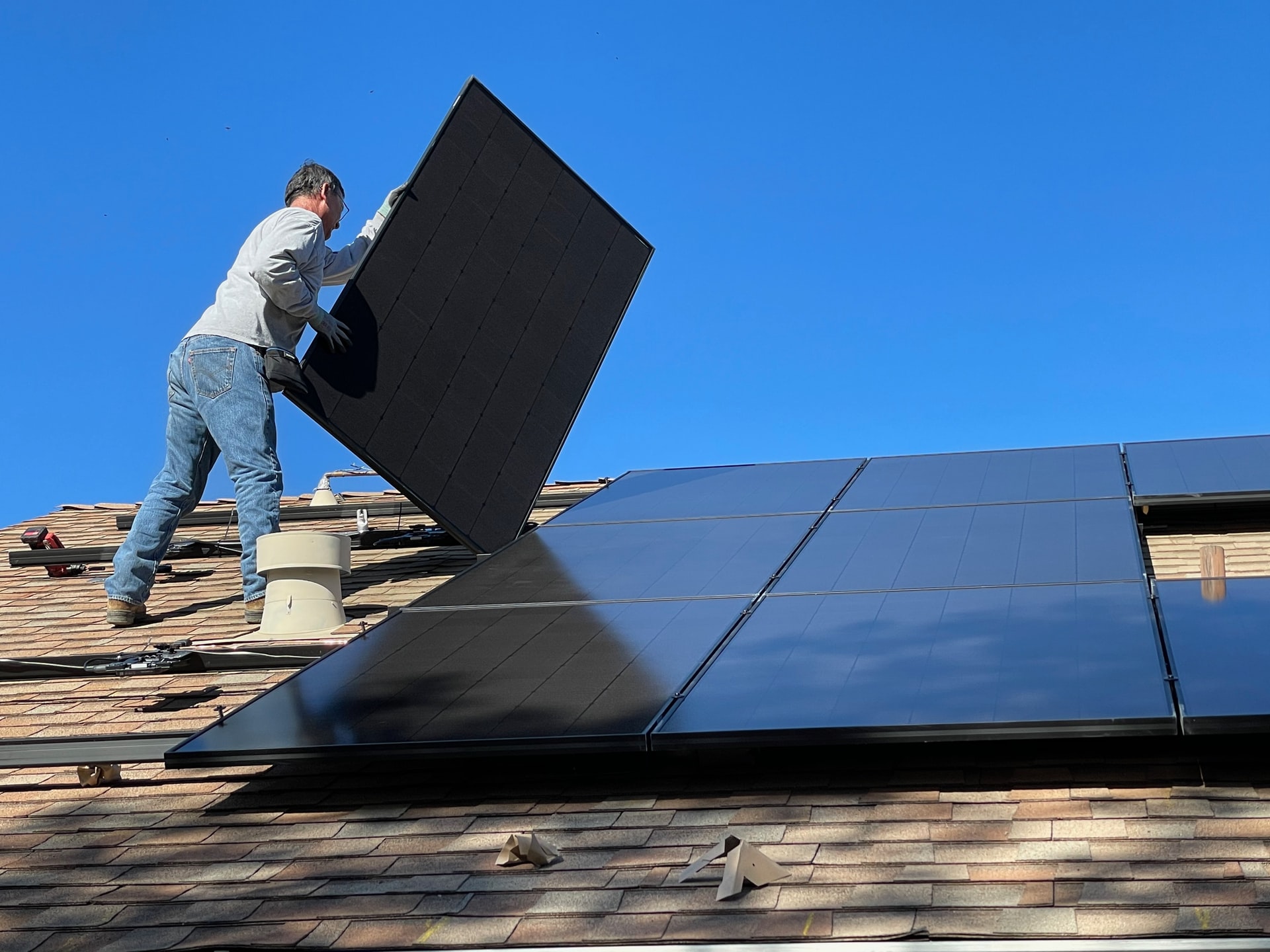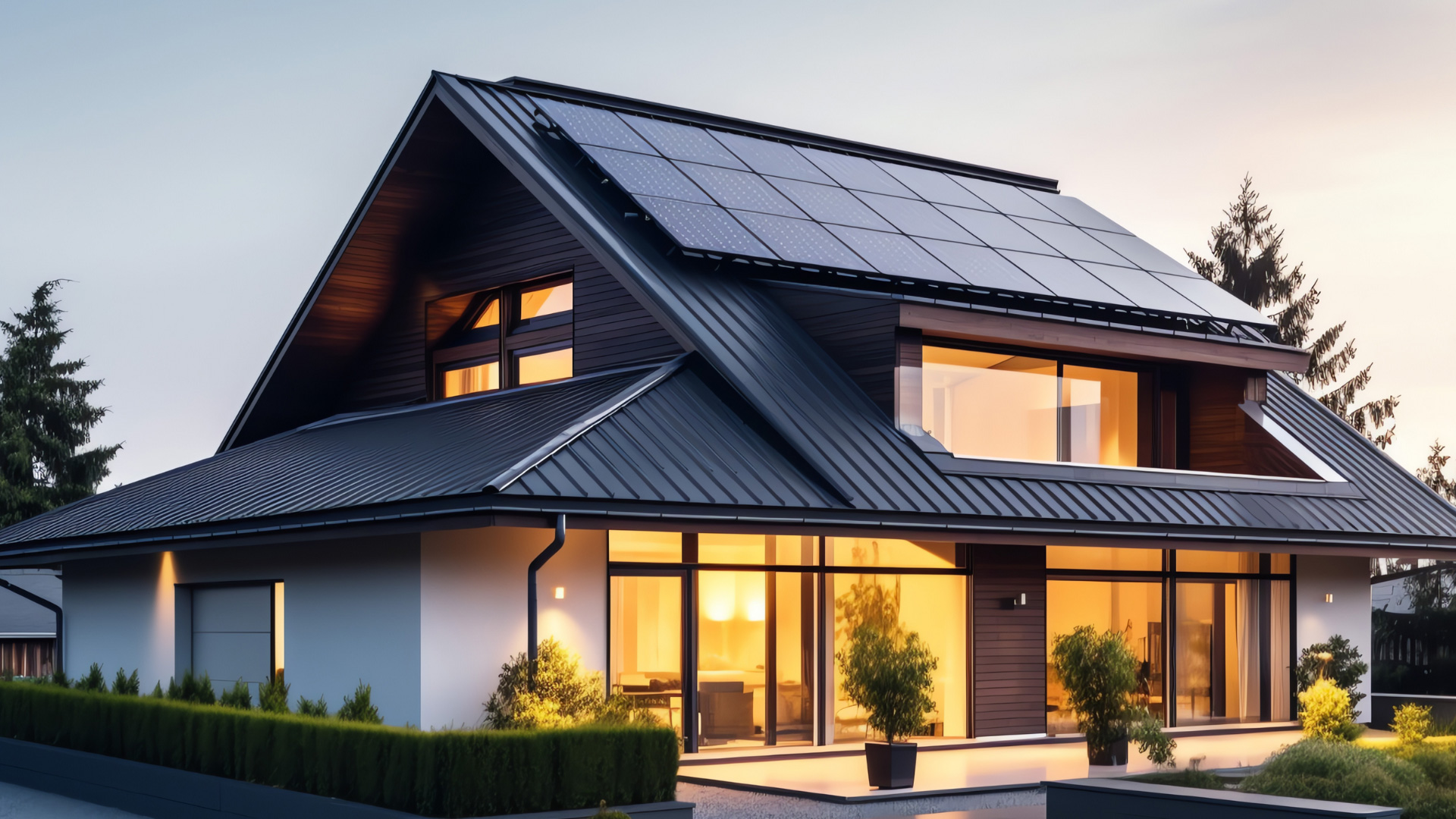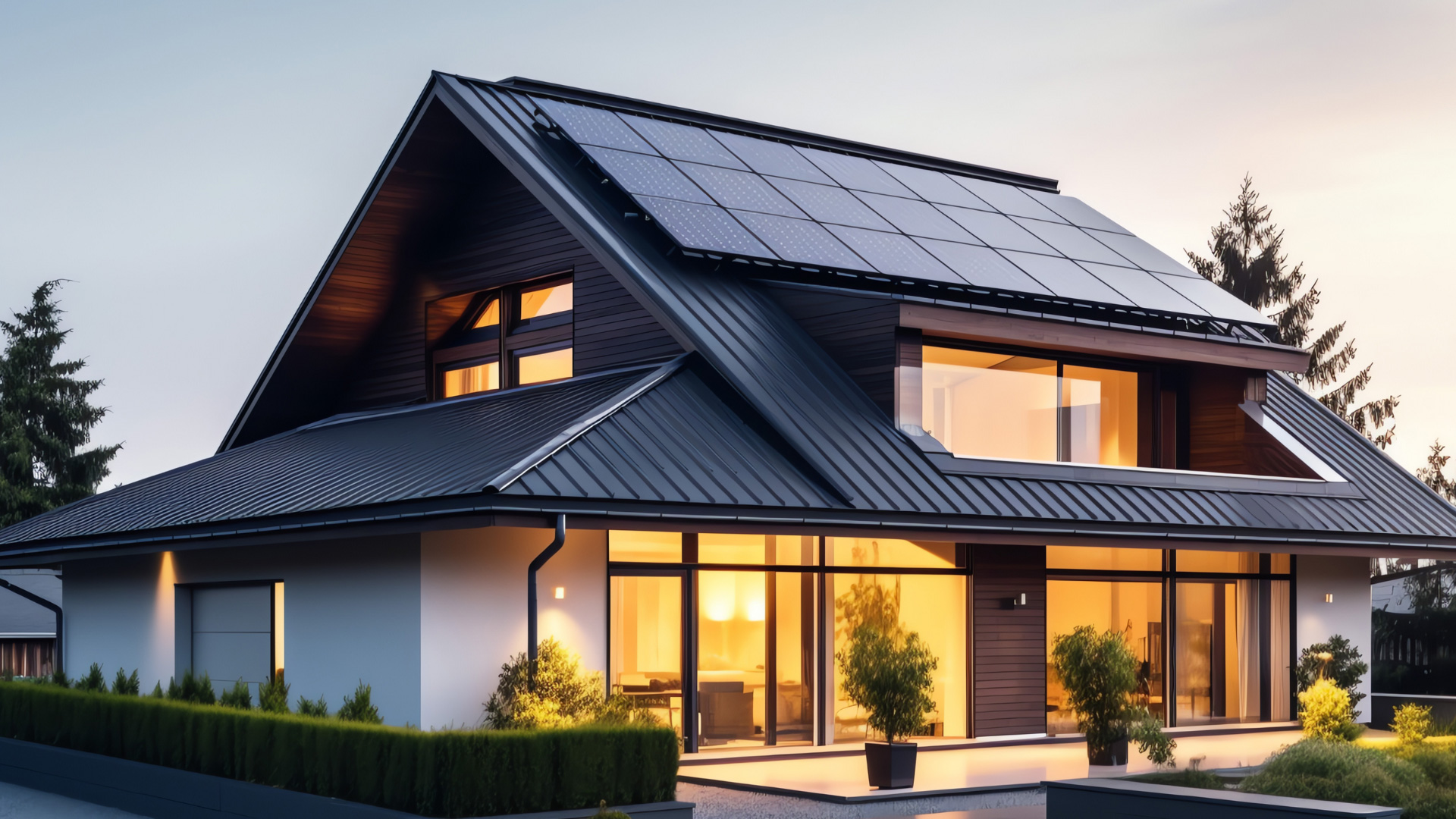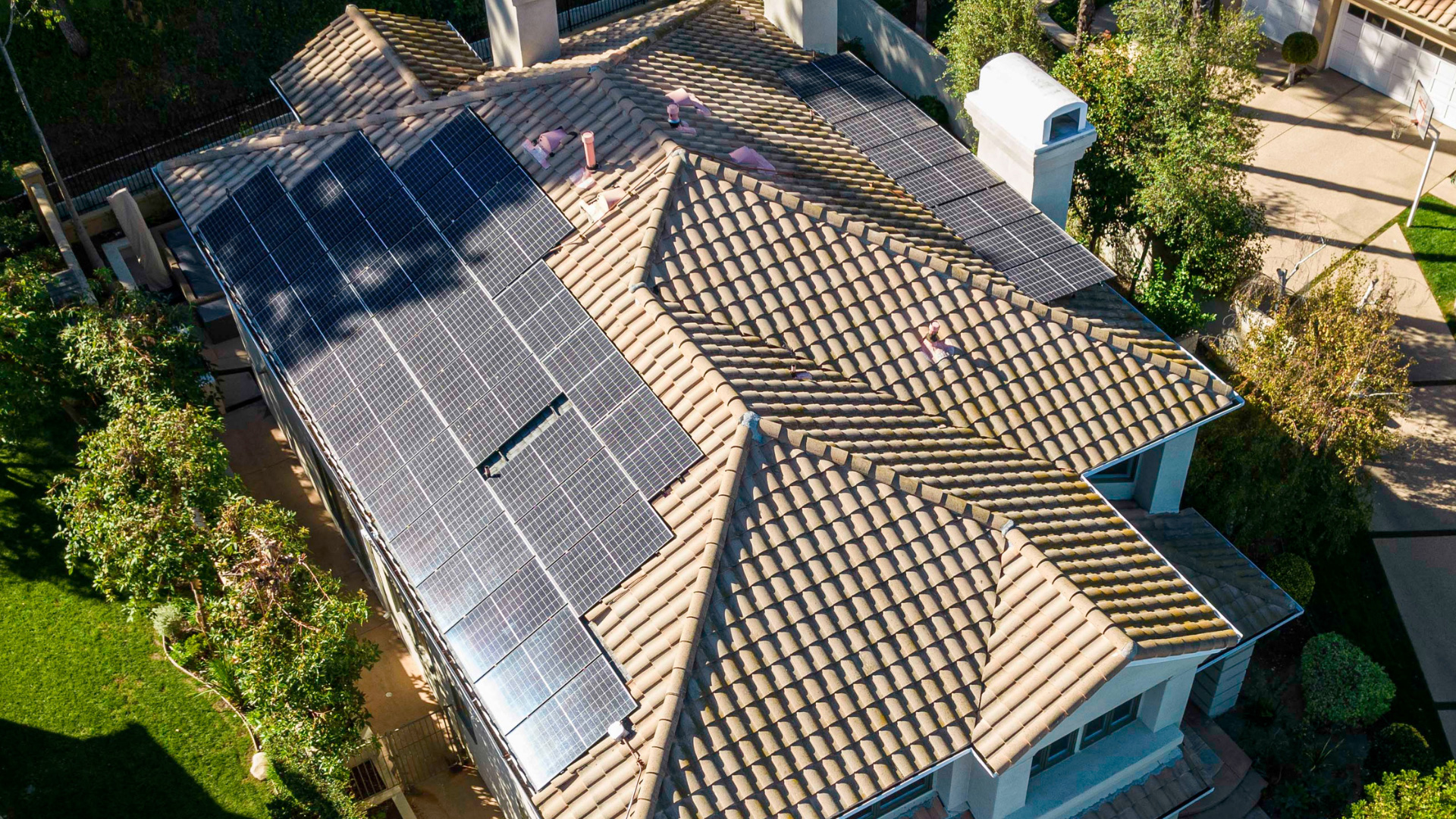There are two main categories of solar panels available on the market today: crystalline and thin film. Within each of those categories are several different types of solar panels such as polycrystalline, monocrystalline, HIT, and others.
Different types of solar panels have different benefits and uses. The type of solar panels you choose will depend on your goals, budget, and current situation. In this article, we’ll explore the different types of solar panels to choose from and what the advantages of each type are.
What Is a Solar Panel?
A solar panel or (PV) photovoltaic panel comprises individual solar cells made from layers of silicon, boron, and phosphorus used to collect solar energy from the sun to convert it into electricity. The boron layer provides the positive charge, the phosphorus layer provides the negative charge, and the silicon wafers play the role of semiconductor.
A directional current is harnessed when the sun’s photons strike the panel’s surface, knocking out the electrons from the silicon into the electric field generated by the solar cells.
Types of Solar Panels
There are different solar panels for homeowners. Depending on the solar cells, each solar panel has distinctive characteristics suited for different situations.
Crystalline Solar Panels
Crystalline solar panels are the most common types of solar panels, which are further divided into two subtypes:
Monocrystalline Solar Panels
Also known as single-crystal panels, they are made from a single, high-quality silicon crystal, making them more efficient with higher power output. They have a record-high 22% efficiency compared to other solar panels. The high-quality silicon wafers with a uniform single-crystalline structure allow them to capture more sunlight.
Monocrystalline solar panels are more space-efficient, making them an excellent option for small solar arrays. However, they are more expensive and may not be feasible for large arrays or homeowners on a tight budget.
Polycrystalline Solar Panels
Polycrystalline solar panels are made from multiple, lower-grade quality silicon crystals, which are melted and poured into a square mold. They have an efficiency of up to 18%, which makes them a popular choice for large arrays. The lower efficiency and lower power output make them less expensive hence ideal for homeowners on a tight budget.
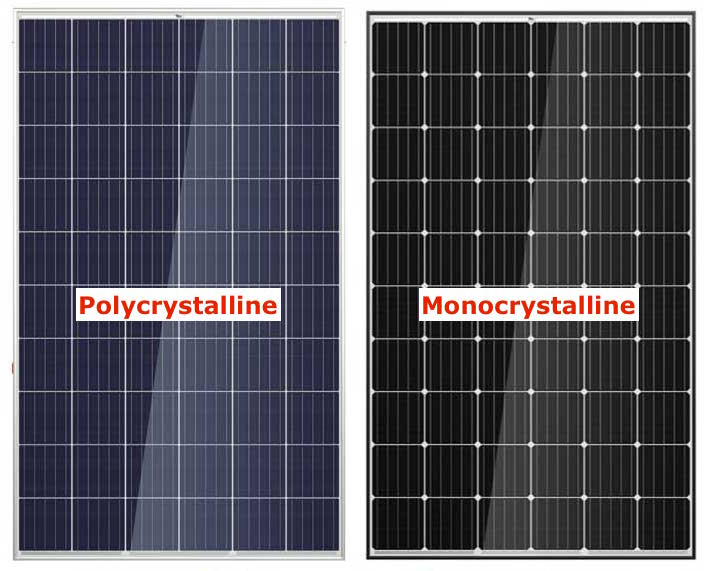
Thin Film Solar Panels
They are solar panels made from a thin layer of semiconductor material, typically cadmium telluride or amorphous silicon. Thin film solar panels are less efficient than crystalline panels, typically achieving efficiencies of around 15-22%, but they are also less expensive and more flexible. These features make them a popular choice for rooftop and building-integrated applications. They also have a good tolerance to high temperatures and shading.
Heterojunction With Intrinsic Thin-film (Hit) Solar Panels
A newer panel type is the Heterojunction with Intrinsic Thin-film (HIT). It combines traditional crystalline silicon and amorphous silicon. HIT panels are known for their high performance and durability, a perfect option for homeowners willing to pay more for efficiency and reliability.
Get Your Custom-designed Solar System
Before deciding the type of solar panel to use, it’s important to consider your specific needs and such factors as space, budget, and power requirements. It’s also important to consider the long-term cost of ownership, maintenance, and expected lifespan.
Our Energy Consultants are standing by to answer any questions you have regarding solar panel equipment and installation. Don’t hesitate to get in touch with Solar Optimum and we’ll design a custom solar system specifically for your home.
